Tips To Maintain The Car Breaking System
Tips To Maintain The Car Breaking System
It is especially crucial to keep your brakes well-maintained during the harsh winter months and in hot weather when there is a higher likelihood of snow and ice on the roads or when you are traveling through hot regions. Poor brake maintenance not only shortens the lifespan and performance of your car but also increases the risk of collisions, which leads to accidents, injuries, and fatalities on the road.
A car’s brakes are a very straightforward mechanism but an essential one. In addition to averting potential collisions, well-maintained automobile brakes extend the life and performance of your vehicle. It is simple to maintain the brakes on your automobile, therefore you shouldn’t take them for granted. Even the most effective braking systems, like coyote swap braking systems, need routine maintenance.
It’s crucial to keep your car’s brakes in good working order for both your safety and the safety of other drivers. In the long term, proper brake maintenance may help you save money by extending the life of your braking parts. Tips To Maintain The Car Breaking System, follow these suggestions:
6 Best Tips To Maintain The Car Breaking System
Check brake Pad And Rotors Conditions
One essential part of maintaining a car’s braking system and guaranteeing its continuing function and safety is routinely examining the brake pads and rotors. Start by visually inspecting the brake pads to get started. Locate the brake caliper and, if feasible, the brake pads themselves by looking through the wheel’s spokes. It should be possible to see the outside brake pad, and it should be at least a quarter inch thick. It could need to be replaced if it seems to be substantially thinner than that. When applying the brakes, pay attention to any strange squeaking or grinding noises, since these might be signs of worn-out brake pads.
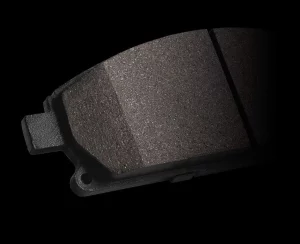
The point of contact between your braking system and your tires is where the brake pads and rotors are located. These components require more regular maintenance because they degrade more quickly than other parts. Heat is produced as a result of friction between the brake pads and the tires, which wears down the brake pad. To ensure there is enough resistance, it is crucial to examine the pads’ quality and depth.
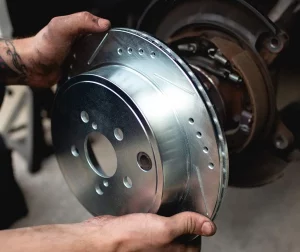
Next, examine the brake rotors for damage. Look for wear or damage on the rotor surface. The rotor’s surface should ideally be uniformly smooth and devoid of any significant scoring, deep grooves, or corrosion. These problems might indicate that the rotors need to be resurfaced or replaced. Furthermore, make sure the rotors are not discolored by high heat, since this may suggest overheating and necessitate additional inspection. Maintaining the efficiency of your car’s braking system and safeguarding your safety on the road require routinely checking and resolving the condition of your brake pads and rotors.
Change The Break Fluid
To guarantee the effective operation of your car’s braking system, changing the brake fluid is an essential maintenance activity. Brake performance difficulties can develop as a result of the moisture and pollutants that brake fluid can gather over time, which can affect its efficacy. Gather the required equipment and supplies, such as a brake fluid reservoir, a wrench or pair of pliers, a turkey baster or a syringe, and a fresh supply of DOT-approved brake fluid as advised by the manufacturer of your vehicle, before starting the procedure.
At regular intervals, brake fluid should be cleansed or refilled. As the pressure from the master cylinder is passed through the brake lines to the brake pads and rotors, brake fluids play a crucial role in the braking system. Braking systems are harmed by brake fluids, which draw moisture. The brake system corrodes due to dampness. It lowers the fluid’s boiling point. Every 25000 miles, brake fluids should be checked. It should be replaced if it seems hazy.
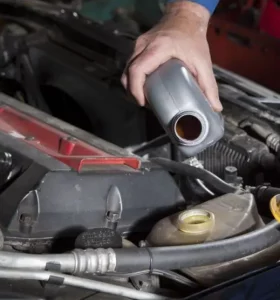
Finding the brake fluid reservoir beneath your car’s hood is the first step in changing the brake fluid. On the driver’s side, it’s often placed close to the firewall. Using a turkey baster or syringe, remove the reservoir’s top while being cautious not to spill any old braking fluid on your car’s paint since doing so might result in damage. After removing the old fluid, carefully wipe the reservoir with a lint-free cloth. Now, carefully pour the fresh brake fluid into the reservoir, making sure it reaches the designated maximum level.
After replacing the cap, turn to the wheels. Finding the brake bleeder valve and connecting a transparent plastic line to it should be done starting with the wheel furthest from the reservoir, often the rear passenger side. Put the hose’s opposite end in a container with a tiny amount of brand-new brake fluid. To help with the bleeding process, have a helper sit in the driver’s seat. Ask your assistance to repeatedly press the brake pedal while you pry open the bleeder valve with the engine off.
Old brake fluid and any air bubbles will be driven through the hose and into the container when they press the pedal. Follow this procedure until clear, bubble-free brake fluid starts to emerge from the bleeder valve. Then, move on to the next wheel and repeat the same there. Tighten the valve. Once all four wheels have been bled, fill the brake fluid reservoir to the top, replace the cover, and make sure it is well fastened. Double-check for any leaks near the reservoir cap and bleeder valves. Last, but not least, give your automobile a quick test drive to make sure the brakes are engaged and the pedal is firm.
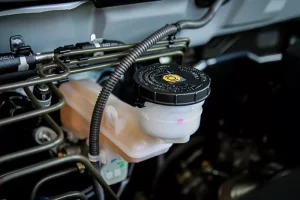
The integrity and dependability of your car’s braking system must be maintained at regular intervals, often every two years or as instructed in your vehicle’s handbook, in order to keep you and other road users safe.
Inspections of Break Lines
Maintaining your car’s braking system is essential for ensuring your safety while driving, and this includes checking the brake lines. Check the brake lines visually first for any indications of wear, corrosion, or leakage. The brake master cylinder, which is normally found under the hood of your automobile, may be reached by following the brake lines all the way to each wheel. Check the brake lines for any corrosion, holes, or fractures. It’s critical to treat any damage as soon as you see it since a weakened brake line might result in brake fluid leaks, which reduce braking effectiveness.

The connections and fittings along the brake lines should then be carefully inspected. Look for any wet or greasy places that can indicate brake fluid leaking. Make sure that every fitting is snug and stable. It’s critical to fix or replace the impacted components as necessary if you notice any leaks or loose fittings. Your braking system depends on brake fluid to operate properly, and any loss of fluid can lead to diminished braking effectiveness and, in extreme situations, brake failure. A crucial step in making sure your car’s braking system operates properly and keeps you safe while driving is routinely checking and maintaining your brake lines.
Extra air must be removed from the brake line. The effectiveness of braking is decreased when air becomes trapped in the brake line. As they adjust the bleeder valve, auto technicians expel air from the system by squeezing the brake pedal. Every two to three years, it must be done. When doing brake check service, such work is possible.
When going down, brake effectively
The main issue with the braking system is overheating. Brakes overheat when used continually, such as when going down a slope. After some time, they become much less effective. But if you use the tap technique to keep the brakes cool, you can avoid this. As you move downhill, you should also use a lower gear. It helps you maintain speed while putting less strain on the engine and brakes of your automobile. This should be done before beginning your descent because shifting gears during a steep descent might be risky.
Before stopping, go more slowly
Slowing down before you stop is another strategy to keep the brakes on your automobile in great shape. The braking mechanism works by converting electrical energy into thermal energy. And the car comes to a stop when the energy is converted to heat. Therefore, if you were to stop your automobile when it was traveling at 100 km/h, the brakes would need to convert a far greater quantity of energy into heat. This also implies that the brake pads on your automobile would wear out much more quickly. Aim to slack off a little before you brake.
Service of Breaking System
In order to maintain safety and best performance, it’s essential to service the brake system. Several important procedures are normally involved in a thorough brake service. First and foremost, it’s crucial to properly check all brake parts. This includes inspecting the brake lines and hoses for damage or leaks, testing the brake pads and rotors for wear, and checking the brake fluid for contamination or moisture accumulation. Any worn or broken components should be replaced right away. The condition and correct operation of the wheel cylinders and brake calipers should also be checked.
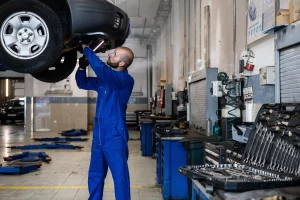
The brake parts that require maintenance should be attended to after the initial examination. As necessary, this can entail changing the brake calipers, brake lines, brake pads, or brake rotors. According to the manufacturer’s guidelines, brake fluid that has become contaminated or absorbed moisture has to be drained and replaced with new brake fluid. To guarantee that the brake pedal feels firm and to get rid of any air bubbles, the brake system may also need to be bled. The brake system should be inspected to make sure it works properly once all required repairs and replacements have been completed.
In order to do this, the brakes must be tested for correct reaction, even pressure distribution, and a hard pedal feel. A complete brake service is a crucial component of regular vehicle maintenance since it not only increases safety but also guarantees the lifetime and dependability of your car’s braking system. It is best to have a qualified mechanic or technician handle these tasks as they have the knowledge and tools required to correctly diagnose and treat braking system faults. Regular brake service helps preserve your vehicle’s braking efficacy and guarantees your safety while driving. It is normally advised every 12,000 to 15,000 miles or as indicated in your car’s owner’s handbook.

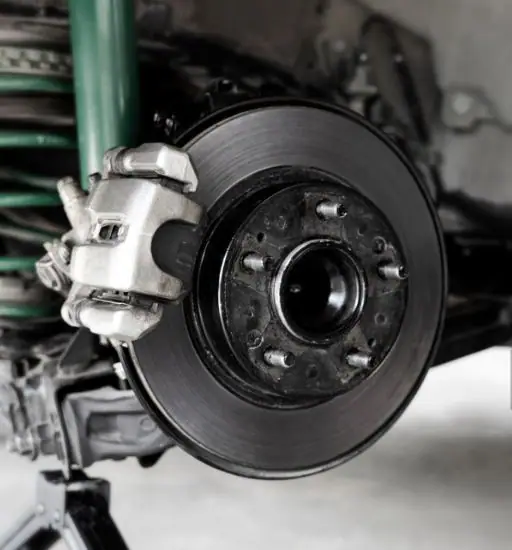

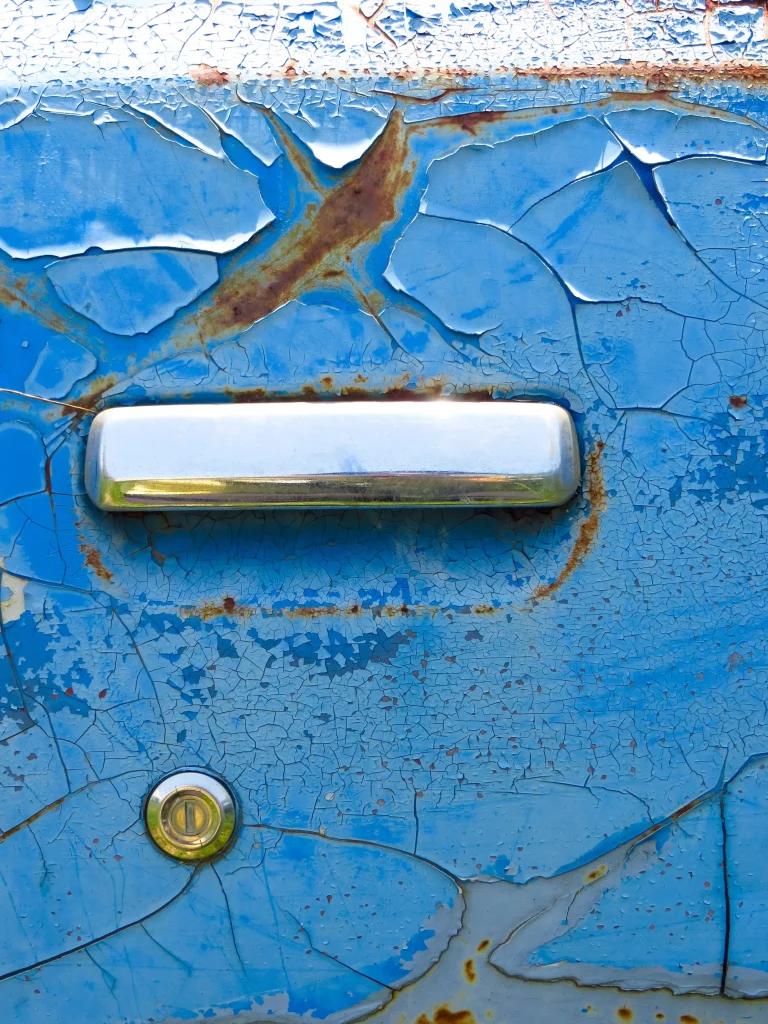

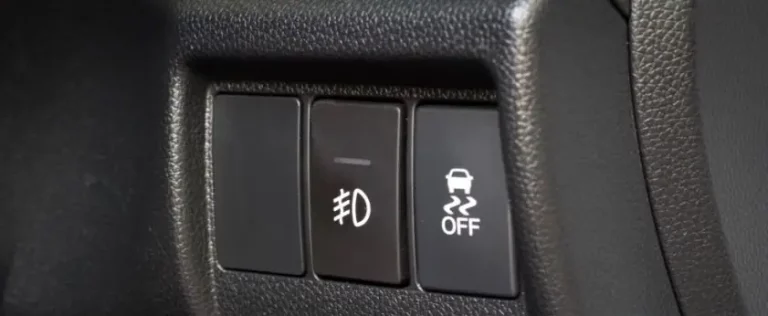
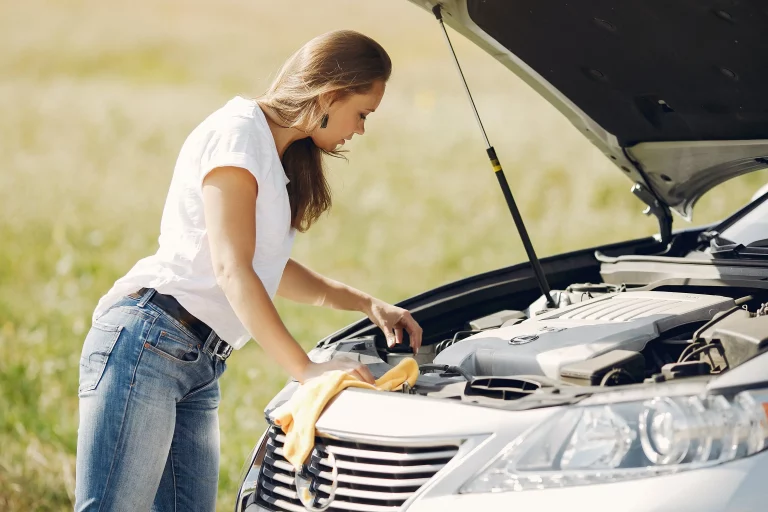

2 Comments